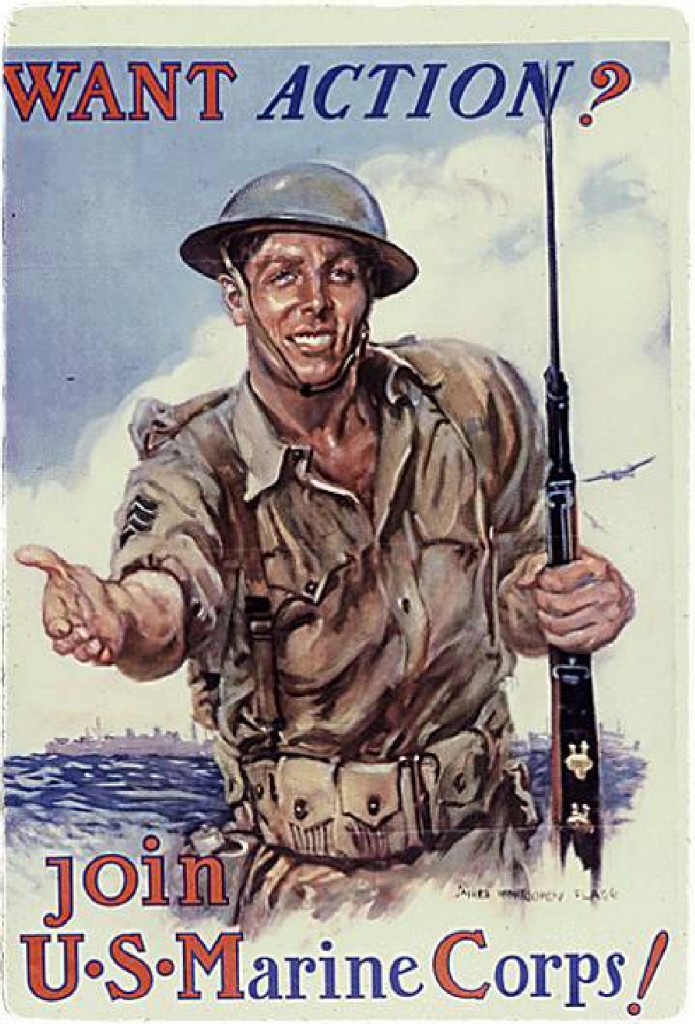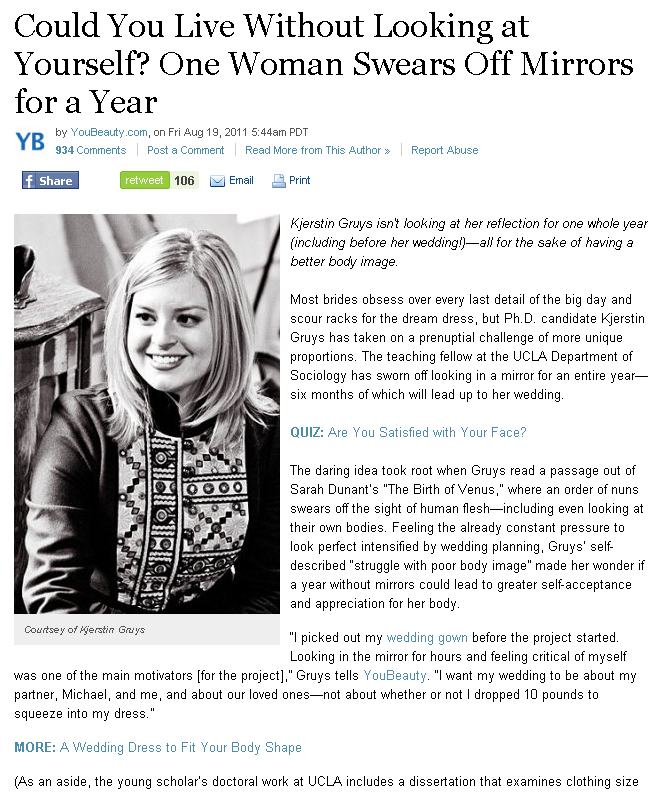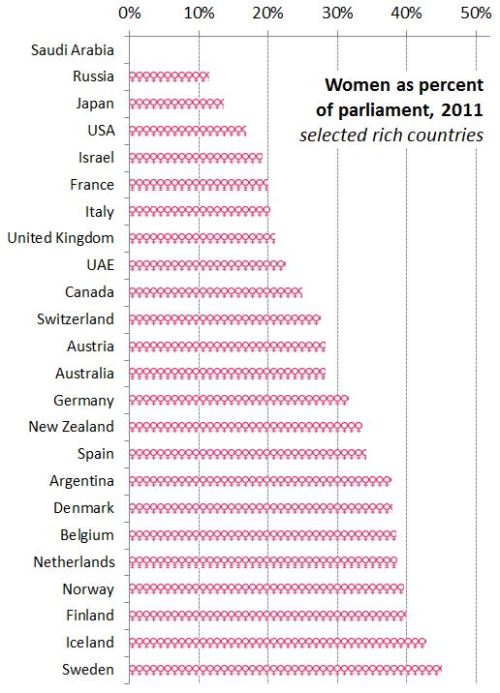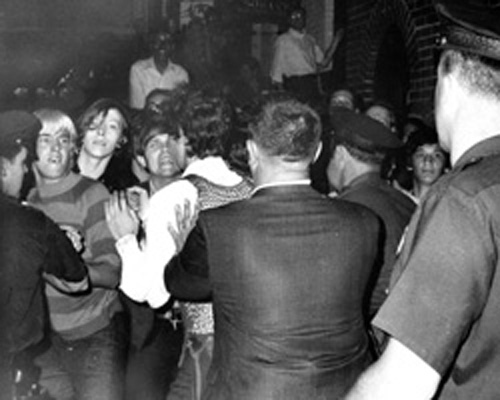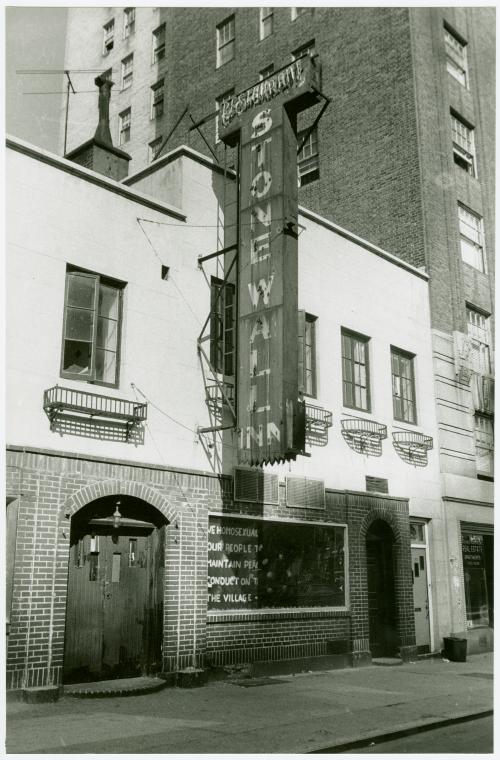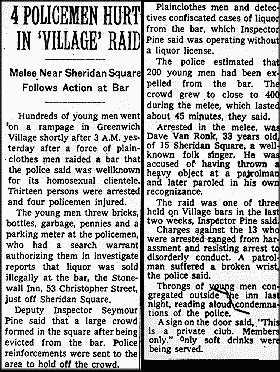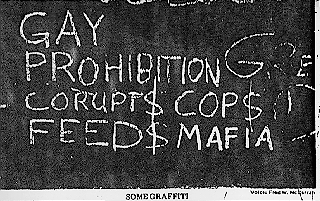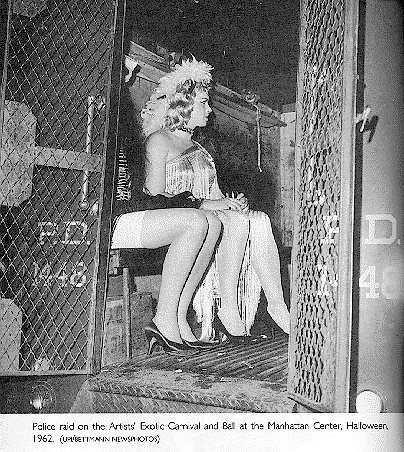In this video the always-fantastic Jay Smooth, of Ill Doctrine, spends just over four minutes offering his perspective on the Occupy Wall Street movement. He likes it. And, he says, more importantly, the media coverage and treatment of the protests is telling us a lot about who’s in bed with who, politically speaking.
Lisa Wade, PhD is an Associate Professor at Tulane University. She is the author of American Hookup, a book about college sexual culture; a textbook about gender; and a forthcoming introductory text: Terrible Magnificent Sociology. You can follow her on Twitter and Instagram.









